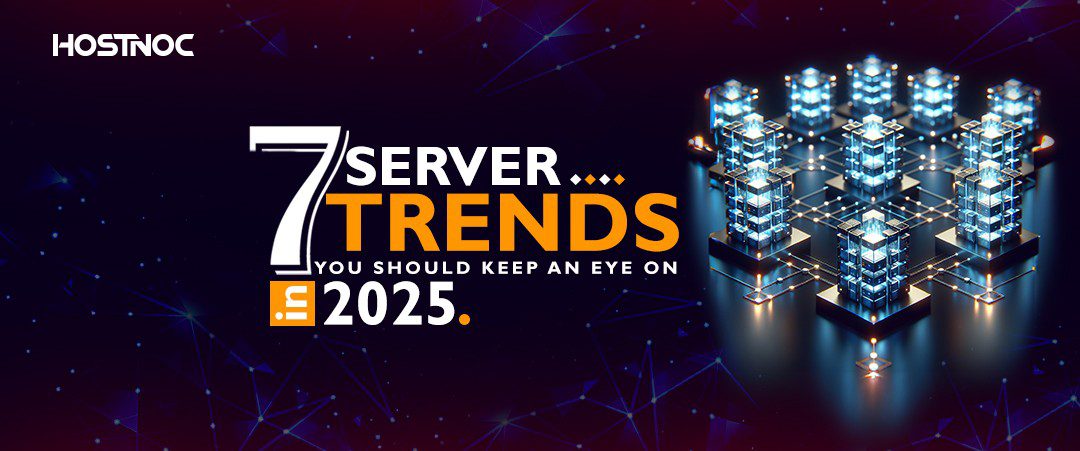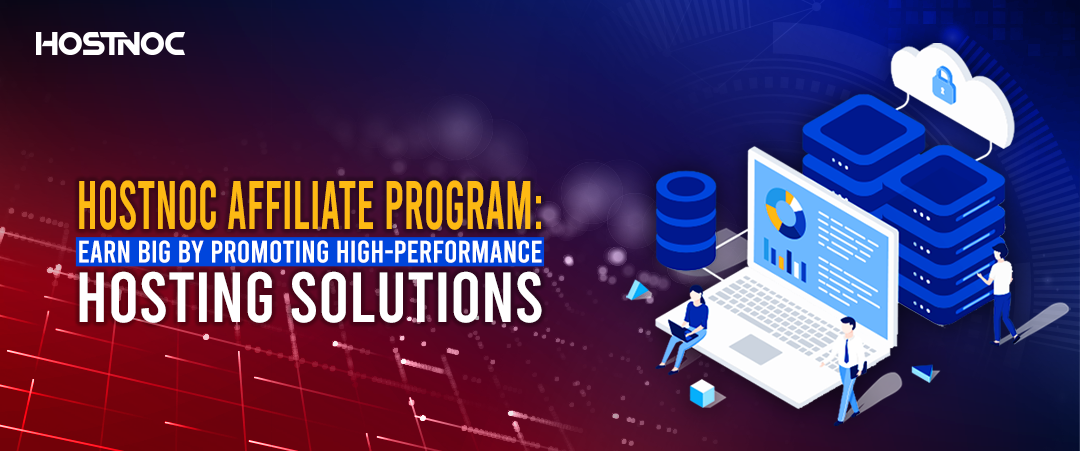Blogs
6 Cloud Trends You Cannot Afford to Ignore in 2025
Published by Muhammad Osama September 24, 2024 . 5 min read


7 Server Trends You Should Keep an Eye on in 2025
September 19, 2024
The Future of Web Hosting: Trends to Watch in 2025
September 25, 20246 Cloud Trends computing is undergoing a paradigm shift and 2025 promises to bring even more groundbreaking changes. For businesses aiming to stay competitive and secure, understanding the emerging 6 cloud trends is essential. From enhanced security frameworks to smarter automation, the future of the cloud is set to redefine how organizations operate.
Read more: 10 Cloud Cost Optimization Mistakes You Should Never Make
In this article, you will learn about 6 cloud trends that you can not afford to overlook in 2025.
6 Cloud Trends You Cannot Afford to Ignore in 2025
Here are 6 cloud trends you can not afford to ignore in 2025.
1. AI-Driven Cloud Automation
Artificial Intelligence is revolutionizing cloud automation by optimizing workload management, enhancing resource allocation and automating routine tasks. As artificial intelligence capabilities mature, expect more businesses to leverage AI-driven automation to streamline their cloud operations.
According to John Marlin, a cloud strategist at Gartner,“AI-driven cloud automation is not just a trend; it is becoming a standard practice for companies looking to enhance their cloud efficiency. The ability to automatically manage workloads based on real-time data and predictive analytics will transform how we operate in the cloud.”
A recent report from MarketsandMarkets forecasts that the AI in cloud market will grow from $6.1 billion in 2023 to $19.4 billion by 2025, at a compound annual growth rate (CAGR) of 25.1%. This growth underscores the increasing reliance on AI to manage cloud environments more efficiently.
2. The Rise of Edge Computing
Edge computing is gaining traction as organizations seek to process data closer to its source, reducing latency and bandwidth use while improving real-time decision-making capabilities. This trend is particularly important for industries like manufacturing, healthcare and retail, where instantaneous data processing can offer a competitive edge.
Sally Eaves, a technology analyst and thought leader, states, “The edge is where the cloud meets the real world. By 2025, we expect a significant shift in how data is processed, moving from centralized cloud servers to localized edge nodes. This will enable faster response times and better handling of sensitive data, especially in internet of things and AI-driven applications.”
According to IDC, 75% of enterprise-generated data will be created and processed outside a traditional centralized data center or 6 Cloud Trends in in 2025, which is 30% higher when compared to 2020. This shift clearly demonstrates the growing importance of edge computing in the cloud ecosystem.
3. Multi-Cloud Strategies Becoming Standard
Organizations are increasingly adopting multi-cloud strategies to avoid vendor lock-in, enhance redundancy and optimize costs. This approach allows businesses to distribute their cloud workloads across multiple providers, ensuring better flexibility and resilience.
David Linthicum, Chief Cloud Strategy Officer at Deloitte Consulting, notes, “Multi-cloud is no longer a choice but a necessity. Companies are realizing that to achieve true operational resilience and cost efficiency, they need to leverage the best capabilities from different cloud providers.”
A Flexera 2024 State of the Cloud Report indicates that 92% of enterprises have a multi-cloud strategy. In 2022, 81% of companies have a multi cloud strategy.This trend is likely to continue growing as businesses seek to balance performance, cost and risk across different cloud environments.
4. Sustainability as a Cloud Imperative
As environmental concerns take center stage, sustainability is becoming a critical factor in cloud adoption. Companies are increasingly considering the carbon footprint of their cloud operations and opting for providers that prioritize green practices and energy efficiency.
Chris Wellise, Director of Sustainability at Amazon Web Services explains, “Sustainability is now a top priority for our clients. By 2025, we anticipate that organizations will choose cloud providers based on their ability to offer sustainable solutions and reduce overall carbon emissions.”
A Gartner study predicts that the energy consumption of cloud data centers will decrease by 50% by 2025, thanks to advancements in hardware efficiency and the adoption of renewable energy sources. This reduction aligns with the growing demand for sustainable cloud services.
5. Cloud-Native Technologies Will Dominate
Cloud-native technologies including containers, serverless computing and Kubernetes are becoming essential for businesses looking to develop and deploy applications quickly and efficiently. These technologies offer greater agility, scalability and resource optimization, making them a cornerstone of modern cloud strategies.
Kelsey Hightower, Principal Developer Advocate at Google Cloud emphasizes, “Cloud-native is more than just a buzzword; it is a paradigm shift. By embracing cloud-native technologies, companies can accelerate their digital transformation efforts, reduce time to market, and improve operational efficiency.”
A report by CNCF (Cloud Native Computing Foundation) indicates that the adoption of Kubernetes, a popular container orchestration platform, has grown by 51% year-over-year. In fact, 96% of organizations are evaluating or using cloud-native technologies in production. More than 60% of organizations have adopted Kubernates. This trend is expected to continue as businesses prioritize agility and scalability.
6. Enhanced Cloud Cost Management and Optimization
With cloud spending on the rise, cost management and optimization are becoming critical concerns for businesses. Organizations are investing in FinOps—a set of practices combining financial accountability with cloud cost management to maximize value and reduce waste.
J.R. Storment, Executive Director of the FinOps Foundation, asserts, “The rapid adoption of cloud services has led to increased spending. Businesses are now looking to optimize their cloud investments. FinOps practices are crucial for organizations to understand and control their cloud costs effectively, ensuring they get the most out of their cloud expenditures.”
Read more: Cloud Hosting
According to a Gartner report, 60% of organizations using cloud services will adopt some form of FinOps by 2025. up from 20% in 2022. This increase clearly highlights the growing need for effective cloud cost management strategies.
Conclusion
The cloud landscape in 2025 is set to be more dynamic and complex than ever before. From AI-driven automation and edge computing to sustainability and zero trust security models, these trends represent significant shifts in how businesses operate and leverage the cloud.
Staying informed about these developments and adapting to them proactively will be crucial for organizations aiming to remain competitive in the digital age. By understanding these trends and incorporating them into your cloud strategy, you can ensure that your organization is well-positioned to thrive in the rapidly evolving cloud environment.






